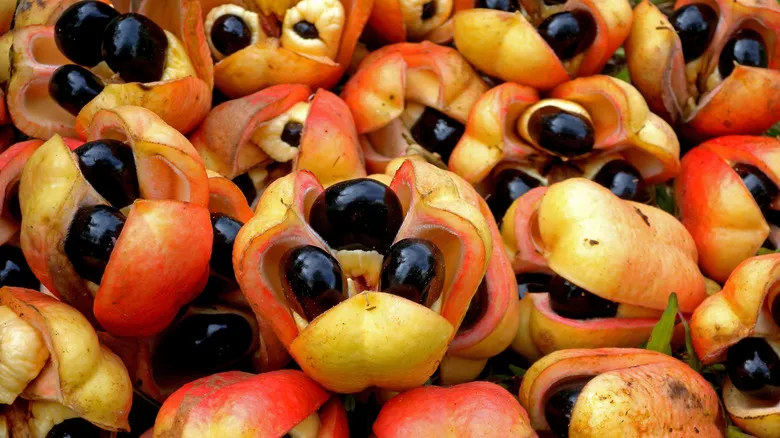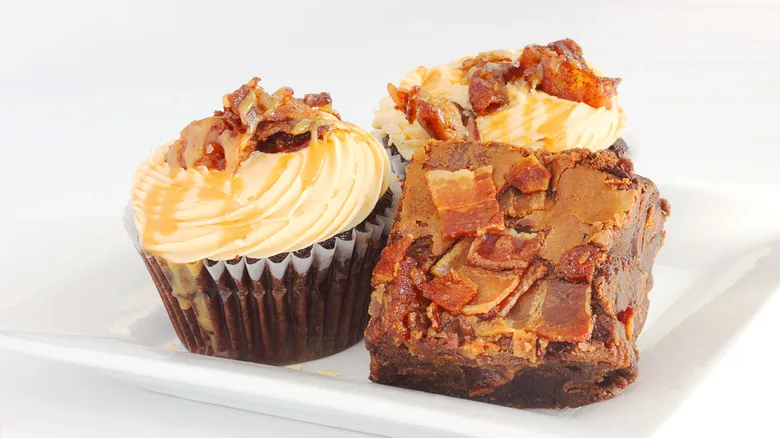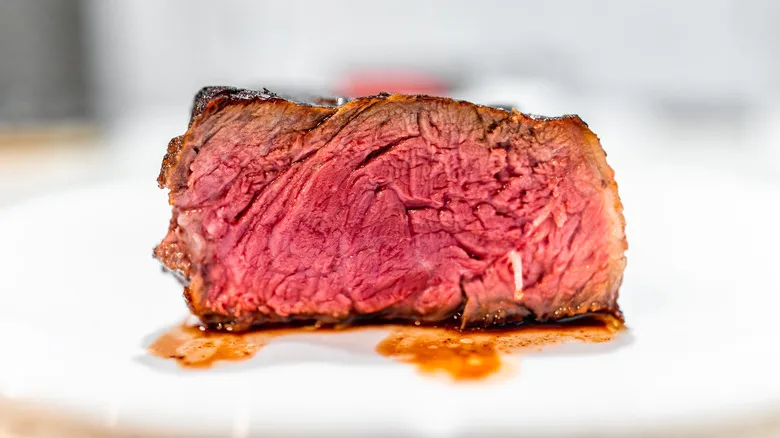What does myoglobin do?

Myoglobin is present in the muscles of mammals (including humans), where it serves to store the body's most essential fuel: oxygen. Although myoglobin is not a component of blood, it has a significant relationship with it. Blood contains a protein known as hemoglobin, which binds to oxygen and transports it throughout the body. When blood reaches various organs and muscles, oxygen is transferred from hemoglobin to myoglobin. While both proteins serve the same purpose, one stores oxygen in the blood, and the other stores it in muscle tissue. They also share a common characteristic: their red color.
Myoglobin is not blood, but it appears red for the same reason as blood does. Both myoglobin and hemoglobin contain iron, which turns red when it comes into contact with oxygen in the air. If you cut into a large piece of raw meat, you may notice that it appears purple; however, once the interior is exposed to air, it quickly turns red.
The amount of myoglobin in meat determines its color; the more myoglobin present, the redder the meat will look. This is why poultry, which contains very little myoglobin, has a lighter color, while beef, which has high levels of myoglobin, appears dark red. After an animal is slaughtered, its muscle tissue begins to break down gradually, leading to the leakage of water and myoglobin over time. This leakage can also occur when the muscle tissue is disrupted, such as when slicing into a steak.
The way steaks are treated affects how bloody they look

Steaks and their juices can exhibit various colors, both when raw and cooked, primarily due to myoglobin. To begin with, the more a muscle is used, the greater its myoglobin content, which is why a more active cut of beef, such as the shank, tends to be a darker red compared to filet mignon, which comes from a less active muscle. Additionally, the age of the animal contributes to the myoglobin levels in its meat; older animals typically have more myoglobin.
When you notice packaged beef in stores sitting in a pool of red liquid, it often indicates that the meat was frozen for transportation. Freezing causes the water in the meat to form ice crystals, which can damage muscle cells, leading to significant juice loss when the meat is thawed. Moreover, raw meat tends to turn brown over time due to the oxidation of the iron in myoglobin, much like what happens with a rusty cast iron skillet.
Myoglobin also explains why steak loses its red color as it cooks. Extended heat exposure causes moisture within the muscle to evaporate, taking some myoglobin with it. Additionally, once a steak reaches medium doneness, myoglobin undergoes a series of chemical changes that convert it into metmyoglobin, resulting in a grey color instead of red. At this stage, your steak is likely to have lost most of its juices.
Recommended

Why It's Illegal To Bring The National Fruit Of Jamaica Into The US

Where Does Shake Shack Source Its Buns From?

The Scientific Reason Bacon Tastes Good With Everything

Fresh Herbs That Will Elevate Your Lemonade
Next up

